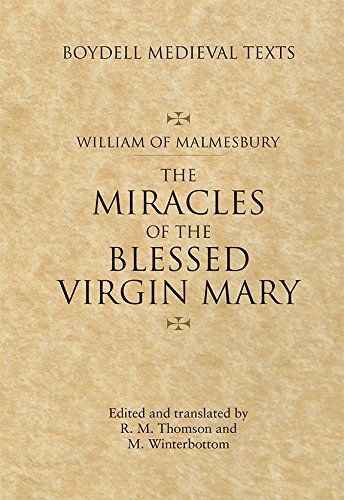
Miracles of the Blessed Virgin Mary
This is the first title in the series Boydell Medieval Texts , which aims to present major works in a scholarly edition with a facing translation at an affordable price. The Miracles of the Virgin Mary, written c. 1135 by the Benedictine monk and historian William of Malmesbury (d. 1143), is important on several counts. It belongs to the first wave of collected miracles of the Virgin, produced by English Benedictine monks in the 1120s and '30s. These collections were to be influential across Europe because the stories in them were not connected with a particular shrine, but international. Although only two copies of William's collection survive in anything like its complete and original plan, in a dismembered form it too was influential across Europe and through the rest of the medieval period. The work is written in elegant Latin and embellished with William's customary erudition. His historical instinct is to the fore, as he tries to establish context and credibility for his stories. His ability as a latinist is shown by his frequent quotations and echoes of (sometimes unusual) classical authors. This is an important document in the history of Marian devotion in medieval Europe. In his long Prologue, William argues strongly for the Virgin's Immaculate Conception and bodily Assumption, doctrines still not generally accepted in western Europe at the time. With the appearance of this book all of William of Malmesbury's major works will be available in modern editions and translations.